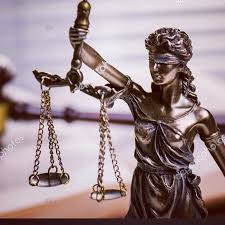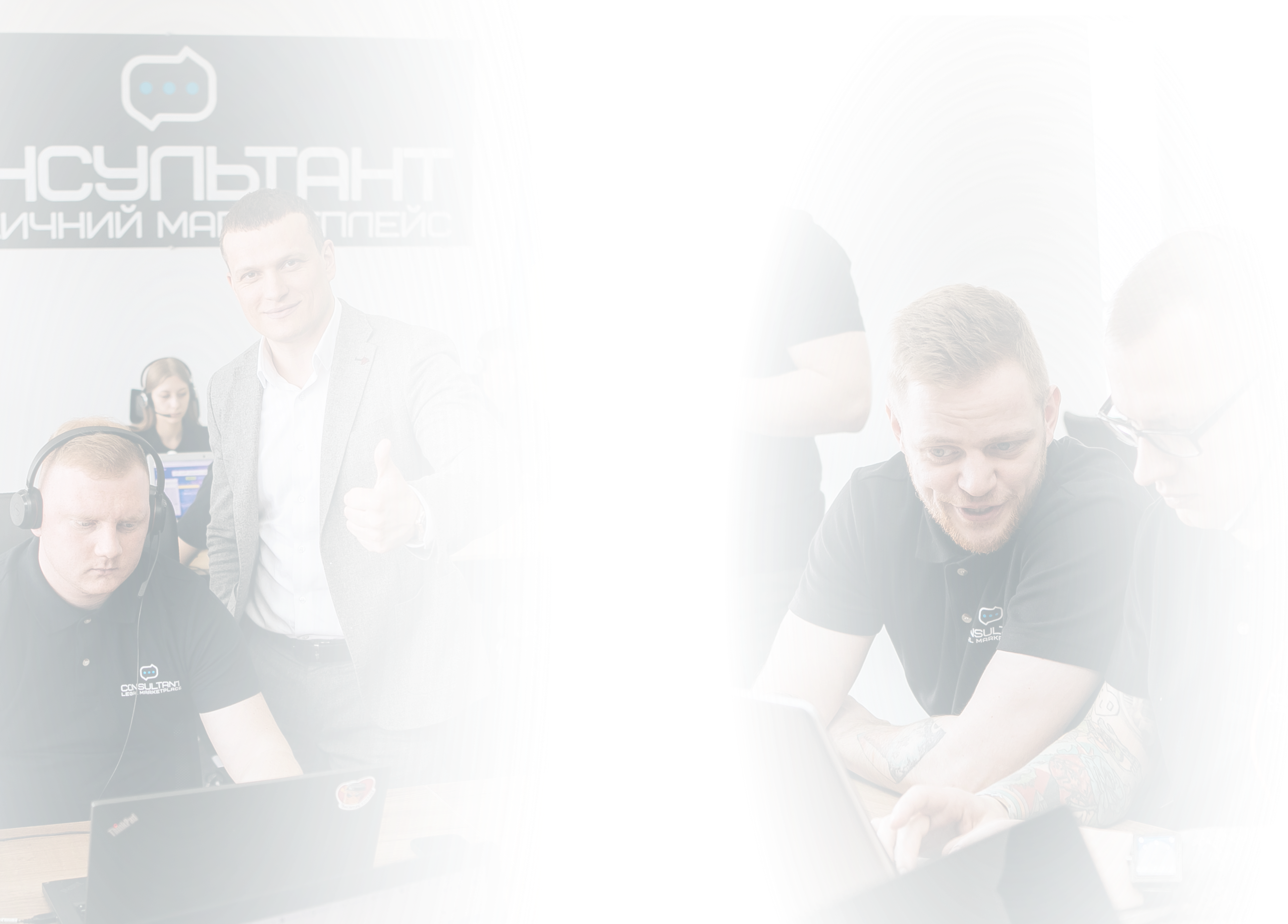Lawyer
Procedure for the transfer of military technology and equipment
The transfer of military technology and equipment is a complex and regulated process that requires compliance with international norms, agreements and domestic legislation. This issue is particularly relevant in the context of ensuring national security, preventing the proliferation of weapons of mass destruction and respecting human rights. In this article, we will look at the main aspects and stages of the process of transferring military technology and equipment, as well as the legal framework and challenges that arise in the course of this activity.
International legal framework
Export control regime
International export control regimes are a key component of global security. They regulate the transfer of military technologies and equipment between states, preventing their uncontrolled proliferation and use for criminal purposes. The most well-known international control regimes include:
- The Wassenaar Arrangement is an international export control regime for conventional arms and dual-use goods.
- The Missile Technology Control Regime (MTCR) is an agreement that controls the transfer of technologies related to ballistic missiles and other weapons of mass destruction delivery systems.
- The Nuclear Non-Proliferation Treaty (NPT) is an international agreement aimed at preventing the spread of nuclear weapons and promoting the peaceful use of nuclear energy.
Bilateral and multilateral agreements
The transfer of military technology and equipment is often carried out on the basis of bilateral or multilateral agreements between states. Such agreements define the terms of the transfer, the obligations of the parties, and the mechanisms for monitoring the fulfillment of obligations. For example, military assistance agreements, license agreements for the production of military equipment, or agreements on joint defense projects.
Domestic legislation
Legislative acts
Each state has its own legislation governing the transfer of military technology and equipment. Such legislation usually defines the procedure for obtaining permits for the export and import of military goods, requirements for business entities, control procedures and sanctions for violations of the law.
Permit system
The transfer of military technology and equipment requires obtaining appropriate authorizations from the competent state authorities. The procedure for obtaining permits may include submitting an application, providing information about the product, its purpose and end user, conducting an expert review and making a decision on whether to issue a permit.
Control and monitoring
An important component of the national control system is monitoring compliance with legislation during the transfer of military technology and equipment. This includes verification of documents, on-site inspections, and monitoring of the use of transferred goods and technologies. If violations of the law are detected, sanctions may be applied, including revocation of authorizations, fines and criminal liability.
Stages of transfer of military technology and equipment
Preparatory stage
The preparatory stage involves a preliminary analysis of the possibility of transferring military technology and equipment. This includes studying legal aspects, assessing risks, identifying potential partners and preparing the necessary documents. At this stage, negotiations with potential partners and the conclusion of preliminary agreements may also be conducted.
Preparation of documents
The next step is to prepare the documents required for the transfer of military technology and equipment. This includes preparing applications for permits, providing information about the goods, their purpose and end user, and signing relevant agreements. In some cases, it may be necessary to conduct additional examinations or consult with government agencies.
Obtaining permits
After submitting the applications and necessary documents, the procedure for obtaining permits from the competent state authorities is carried out. This may involve inspections, examinations and consultations with other government agencies and international partners. In case of a positive decision, a permit for the transfer of military technology and equipment is issued.
Execution of the transfer
This stage involves the direct transfer of military technology and equipment in accordance with the terms of the agreement. This may include transportation of goods, training of personnel, technical support and other services. It is important to ensure that all terms of the agreement and legal requirements are met during the transfer.
Control and reporting
After the transfer is completed, compliance with the terms of the agreement and the law is monitored. This includes monitoring the use of the transferred goods and technologies, conducting inspections and audits, and reporting to the competent state authorities. In case of violations, appropriate sanctions may be imposed.
Challenges and prospects
Ensuring national security
One of the main challenges in the transfer of military technology and equipment is ensuring national security. This includes preventing the uncontrolled proliferation of military technologies and preventing them from falling into the hands of terrorist groups or hostile states. To do this, it is necessary to implement effective control and monitoring mechanisms and cooperate with international partners.
Economic interests
The transfer of military technology and equipment can have a significant economic impact on the state. This includes the development of the defense industry, job creation, and increased export revenues. However, it is important to strike a balance between economic interests and national security requirements.
Innovation and technology development
The transfer of military technology can foster innovation and the introduction of the latest technologies in the military sphere. Joint projects, exchange of experience and knowledge can increase the technological level of the defense industry and ensure its competitiveness in the international market.
Protection of human rights
Human rights protection is an important aspect of military technology and equipment transfers. This includes ensuring compliance with international human rights standards, preventing the use of transferred technologies to violate human rights and international humanitarian law. States should implement mechanisms to monitor the observance of human rights during the transfer of military technology and equipment.
International cooperation
International cooperation is an important element of ensuring effective control over transfers of military technology and equipment. This includes information exchange, joint projects, consultations and interaction with international organizations. International cooperation helps to ensure coherence of actions and prevent uncontrolled proliferation of military technologies.
In any legal situation, it is important to conduct a comprehensive legal analysis of the situation in order to obtain a clear understanding of its aspects and possible solutions; the legal conclusion on the situation should be based on a detailed study of the facts and application of the relevant legal provisions. To achieve the best results, it may be necessary to write a lawyer's request, writing a lawyer request will help to obtain the necessary information for further analysis.
Or, an analysis of the situation by a lawyer or attorney is a key step in formulating a legal strategy. Also, a legal analysis of the situation includes both a lawyer's opinion and an attorney's opinion, which provides a comprehensive approach to solving a legal problem. A written legal consultation or written legal advice helps the client to understand the legal aspects and possible consequences of various options.
In today's environment, legal advice online and legal consultation online are becoming especially relevant, as they provide access to legal assistance regardless of the client's location. And online consultation of a lawyer and written consultation of a lawyer allow you to quickly get the necessary information and support in legal matters.
Thus, a legal analysis of the situation by professional lawyers and attorneys is the key to a successful solution to any legal problem. A legal opinion and timely legal assistance help to protect the rights and interests of the client, ensuring effective resolution of complex legal issues. Contact the legal marketplace "CONSULTANT"! A lawyer is always there for you!
































